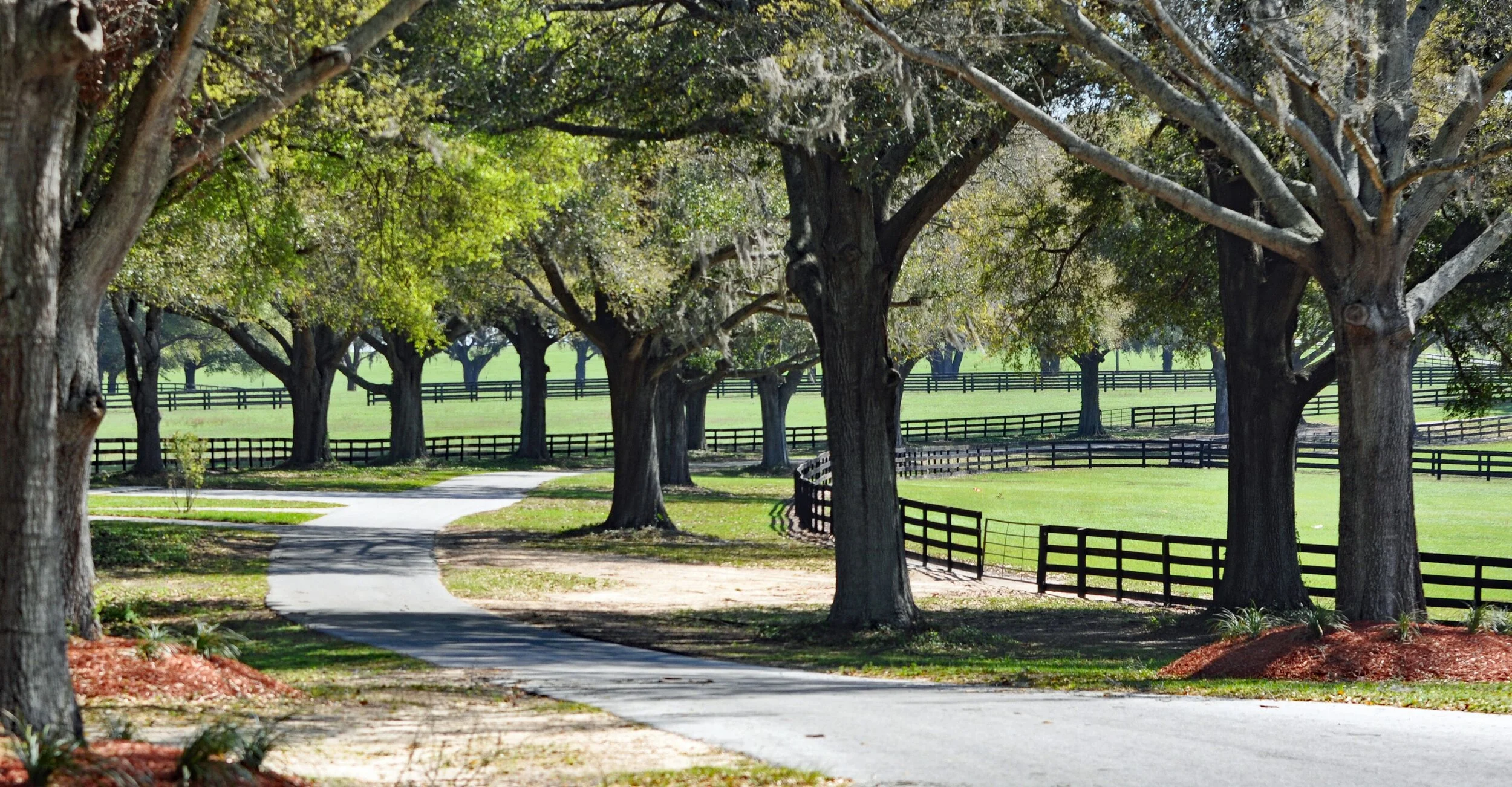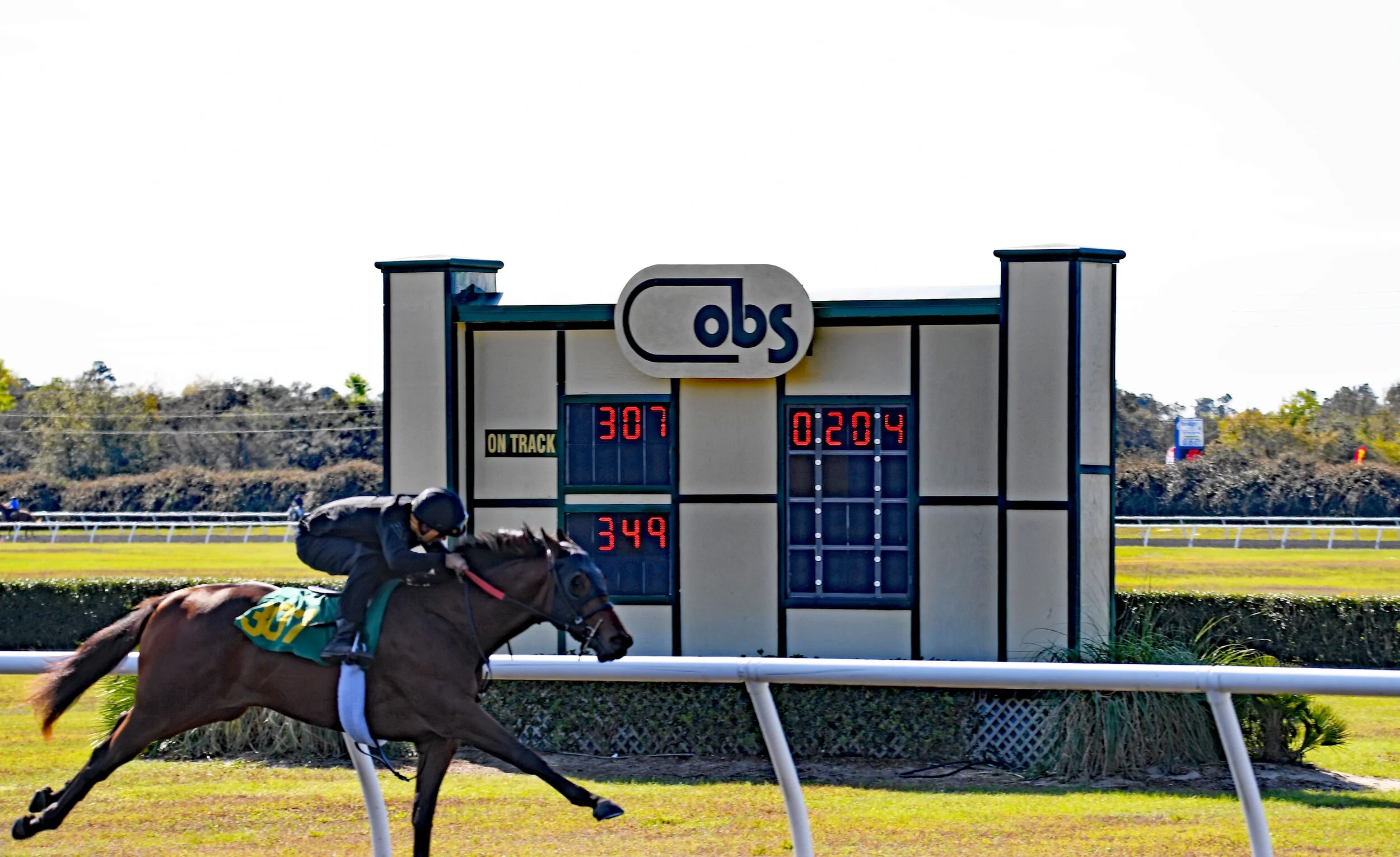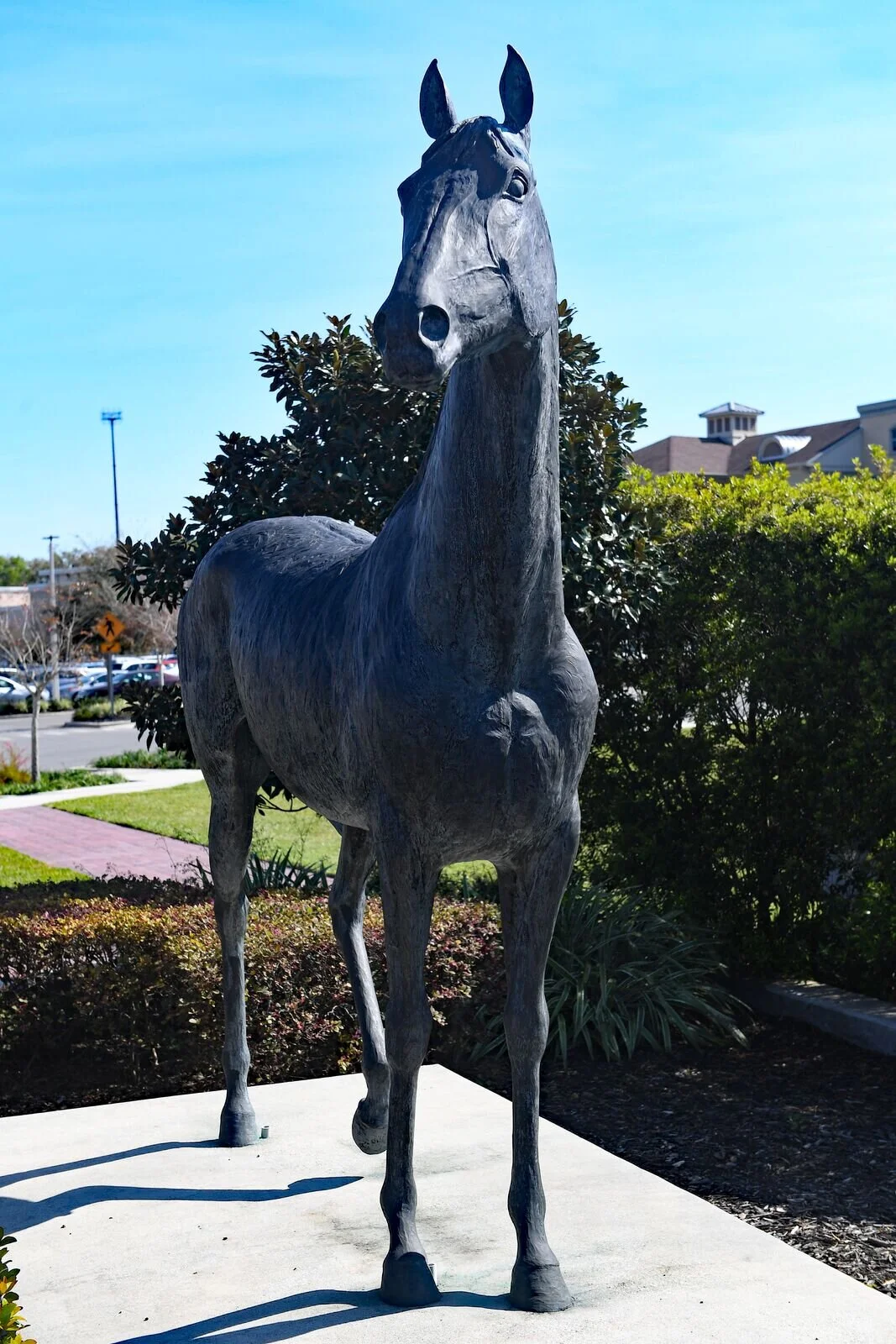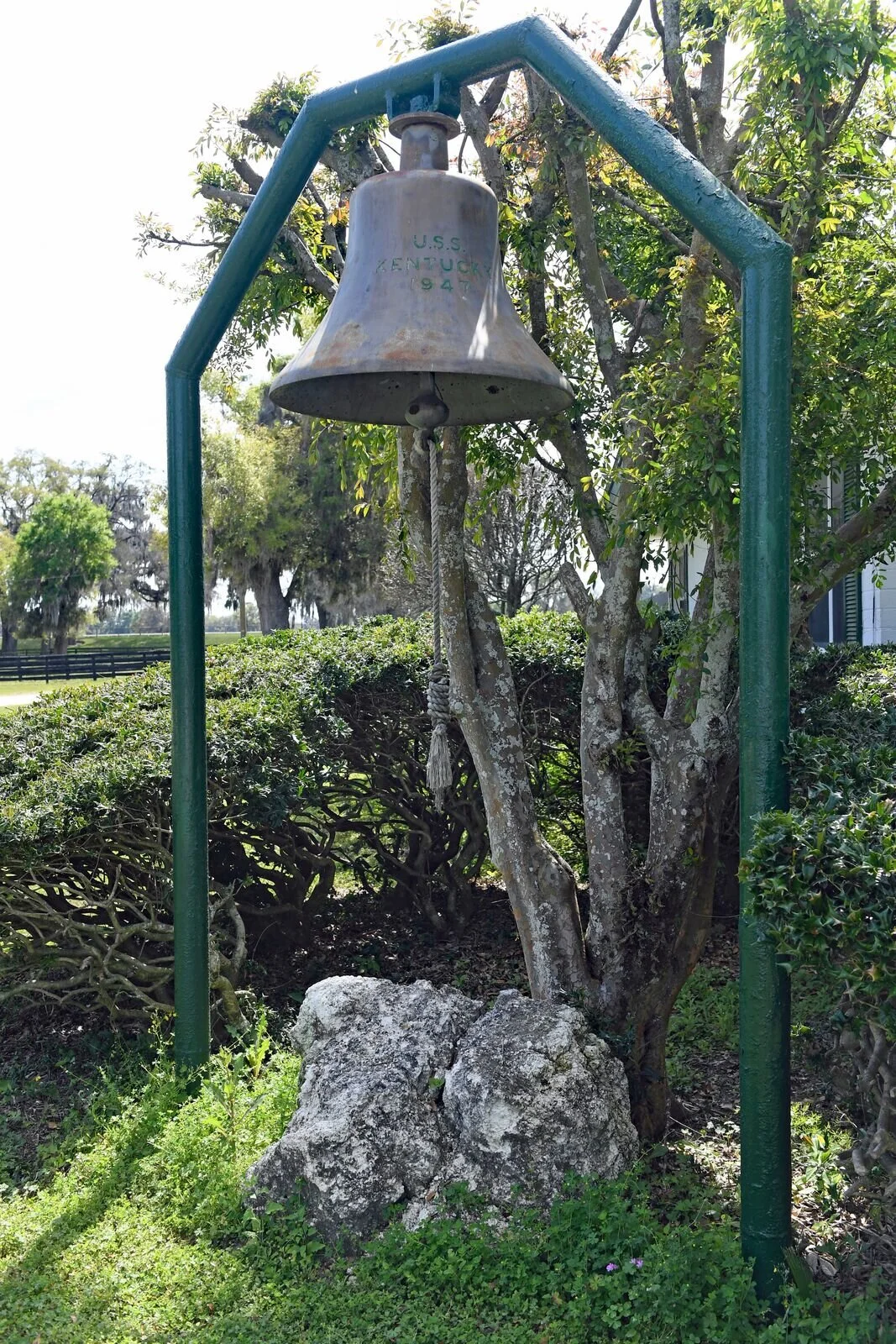






Ocala-Marion County
By: Tom Ferry
Where is the Horse Capital of the World?
Ocala, Florida and surrounding Marion County have designation to the title as do four other cities. This region of more than 330,000 people in Central Florida makes as compelling an argument as any. It is land replete with mineral-rich soil and water. It has a history of men and women who innovated and changed the horse racing and breeding world forever. And it is a tale of a sickly colt who rose from near death to win the world’s most famous race and put Florida’s Thoroughbred industry on the map forever.
The numbers are impressive – according to the Florida Thoroughbred Breeders’ and Owners’ Association, Marion County has more horses per capita than any other county in the United States. In addition to Thoroughbreds, the area is also a hotbed for the Quarter Horse and Standardbred worlds. The county has nearly 1,000 racehorse farms across 195,000 acres. There is, in fact, one equine for every five people in the county. The horse industry accounts for 21,691 employment positions in Marion County and the overall annual economic impact is $2.3 billion - or 18% - of the local economy.
What is the appeal of Marion County and the state of Florida when it comes to raising a horse? It begins with a high concentration of limestone in the soil. Comparable to the mineral makeup found in Kentucky, breeders have long associated the grazing of nutrient-rich grasses with the creation of healthier genes for stronger racehorses. This has rarely been more evident than in Ocala and Marion County throughout the past 80 years.
When Carl Rose moved from Indiana to Ocala in 1916, he learned of the limestone ridge running down the center of the state and had his construction company use the material in the development of new roads and highways across the state. Twenty seven years later, Rose used the fortune amassed from his work to create the area’s first Thoroughbred farm in Ocala and named it Rosemere Farm.
Rose opened doors for others. Fred Hooper built Circle H Farm, an 1,100-acre horse breeding operation in Ocala and bred or raced the winners of more than 100 stakes races across 50 years. This included his pride and joy, 1945 Kentucky Derby (G1) champion Hoop Jr. Hooper was also responsible for bringing top Latin American jockeys to the United States and launched the careers of Hall of Fame jockeys Laffit Pincay, Jr., Braulio Baeza, and Jorge Velasquez.
In 1955, Bonnie Heath and Jack Dudley ran D & H Stable and were just about to get out of the horse racing business when they were persuaded to buy a Florida-bred two year-old colt for $20,000. Persuasion was necessary because the colt nearly died when he was a little more than a month old after contracting pneumonia. He received a long series of injections during his successful recovery which led to his appropriate name — Needles.
In his debut race as a two year-old, Needles set a track record for 41/2 furlongs at Gulfstream Park that stood for more than four decades. In his three year-old season, he faced a field of 16 competitors in the 1956 Kentucky Derby. As was often his style throughout his career, the dynamic colt came from 16th place and 24 lengths back with an electrifying rally to win the Run for the Roses going away. Suddenly, the eyes and respect of the horse racing world were squarely on Florida. Needles followed this up with a thrilling second-place finish in the Preakness Stakes (G1), and then captured the Belmont Stakes (G1) to narrowly miss winning the sport’s Triple Crown.
Needles retired to stud at Bonnie Heath’s farm in Ocala in 1958 and lived there until his death at age 31 in 1984. Ocala has never forgotten their beloved champion. His heart and hooves are buried in the Garden of Champions at the Ocala Breeders’ Sales Company Pavilion, and his larger-than-life statue stands in the courtyard at The Market at Heath Brook on the grounds he used to roam at what was the original Bonnie Heath Farm on State Road 200.
Needles single-handedly changed the breeding industry and brought pride to the term “Florida-bred”. What had been a handful of farms in Marion County grew to hundreds.
Joe O’Farrell’s Ocala Stud was home to the great Florida foundation sire Rough’n Tumble in the ‘50s and ‘60s, and O’Farrell brought innovation to the industry when he introduced the first ever Two Year-Olds in Training sale.
Ocala’s legendary Tartan Farms produced the great Dr. Fager who won four year-end divisional championship honors in 1968 and his world record time in the same year of 1:321/5 for a mile on dirt has stood for more than 50 years. And in 1975 a chestnut colt was born at Marion County’s Harbor View Farm - three years later, he became Thoroughbred horse racing’s 11th Triple Crown champion, Affirmed.
The state’s Thoroughbred industry has produced 52 national champions, six Kentucky Derby winners, 28 Breeders’ Cup champions, and six Horse of the Year winners. Florida is home to more than 50 Standardbred farms and has produced, among others, the great gelding Red Bow Tie. And McDuffee Quarter Horses in Marion County is one of the leading American Quarter Horse operations in the United States and home to 24-time grand champion Broker Special.
Each year, nearly 15,000 American-born Thoroughbreds leave winter behind and travel to Ocala to train and hopefully become part of the next generation of stars. The Ocala Breeders’ Sale is the state’s largest Thoroughbred auction house and attracts buyers and sellers from around the world for six sales annually. The model created by Joe O’Farrell more than 60 years ago of getting two year-old horses race ready and then showcasing them working over a track prior to an open auction still works and results in sales of more than $100 million each year.
For the native Timucuan people who resided in this region in 6,500 B.C., Ocala was derived from the word Ocali which meant “big hammock.” This is befitting, considering Ocala is among the fastest growing retirement communities in America. Beyond horses, the area is known for its beautiful lagoons, rolling pastures and numerous tourist attractions like Silver Springs State Park and Ocala National Forest.
Ocala has been chosen as the location for the new, state-of-the-art World Equestrian Center, which is scheduled to be completed in January of 2021. Consisting of four climate-controlled indoor arenas and an outdoor stadium, the center is further proof the title of Horse Capital of the World is one this region continues to earn now and in the foreseeable future.